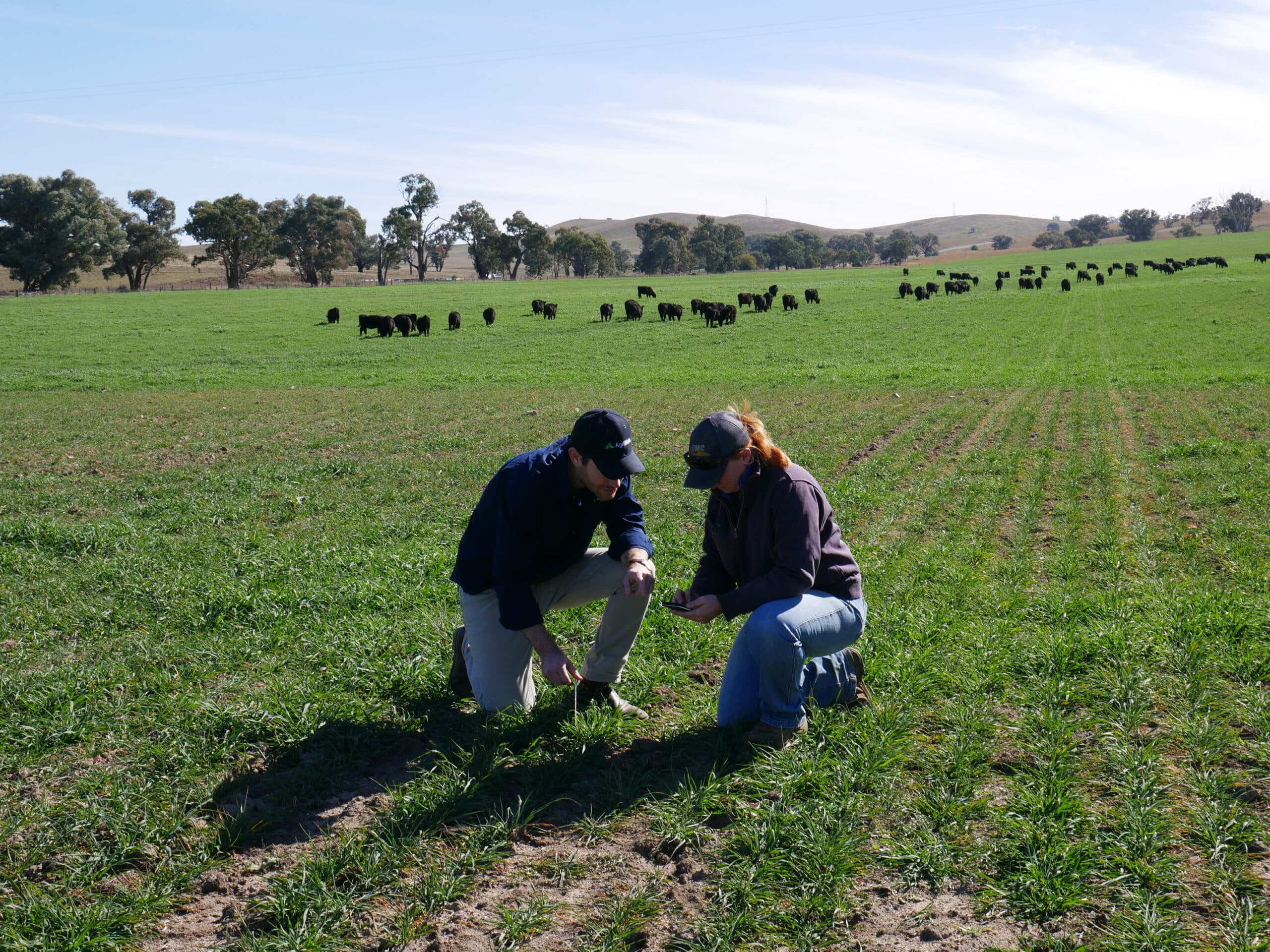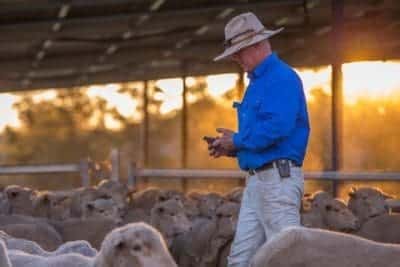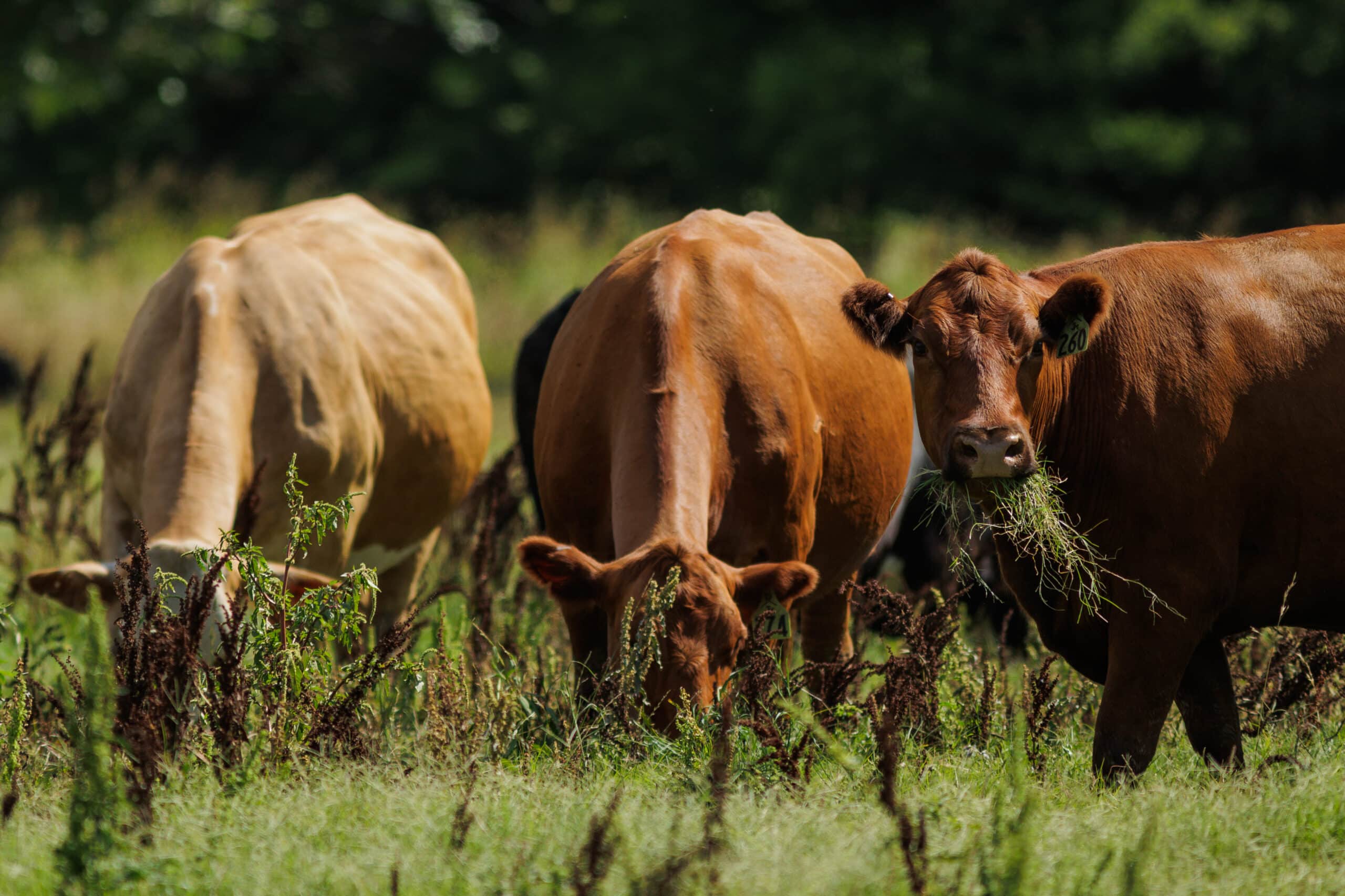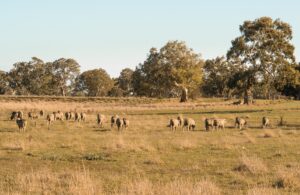Aussie farmers as custodians of the land

Across Australia, farmers work tirelessly to provide the food and fibre that keeps our country going. Without them, it’s game over. Beyond putting food on the table and clothes on our backs, there’s another responsibility farmers take just as seriously: looking after the land.
Australian farmers have worked hard to protect and improve the land they work so that it remains profitable for future generations. Now, in the drive to mitigate climate change, the importance of farmers’ stewardship is clearer than ever.
In Australia, 394 million hectares – more than half of the continent – is managed by agricultural businesses, with 341 million hectares used for grazing. That means farmers, responsible for such massive swathes of land, are well placed to deliver environmental outcomes on a grand scale.
With its CN30 initiative, the red meat industry underlined its drive to become carbon neutral by 2030. National Farmers Federation members recently voted to support climate change policy with a 2050 target for net-zero carbon emissions. Australian primary industries have led the charge in reducing greenhouse gas emissions.
The red meat industry has reduced emissions by almost 60% since 2005. Beyond reducing on-farm emissions, farmers are embracing strategies to increase soil carbon sequestration, where CO2 is removed from the atmosphere and stored in the soil.
Some of the strategies fall under the umbrella term “regenerative agriculture”, but many producers simply consider it good farming. Management practices include no-till agriculture, which retains crop stubble, and rotational grazing. These approaches lead to improved soil structure and fertility, greater water efficiency, and reduced input costs.
Farmers are also minimising negative environmental impacts by embracing tech innovation like AgriWebb’s Livestock Business Management solution. AgriWebb is helping thousands of farmers run more profitable operations without compromising their land stewardship.
Based in southeast Queensland, Cultivate Agri Partnerships supports highly skilled farming operators developing regenerative land management projects and research-led primary production systems. “One of our genetic focuses is on feed conversion, so the reports produced through AgriWebb are really useful to identify the outliers in terms of weight gain metrics,” Managing Director Chris Simpson says.
At Mitta Agricultural Company in northeast Victoria, AgriWebb helps David Paton manage stock through dryer times without risking land degradation. “In the good years, we make silage, stack up hay, and build a 12-24 month buffer. AgriWebb plays a big part in that, because the stocking rate versus feed on offer is the first thing that you’ve got to look at,” he explains. “Once we’ve got that feed security, that’s when we grow our stock numbers.”
At The Sisters Pastoral Co. in southwest Victoria, James Knight believes the up-to-date, accurate records AgriWebb provides will be valuable for sharing the story of Australian agriculture. “Moving forward, there will be a need to have intimate knowledge of what’s going on at a sustainability and environmental level, and to pass that on to the consumer,” he says.
“I have no doubt that in my lifetime, we will be selling beef where I will need to be able to stand behind my records, my data and the way that we farm to be able to sell our product – that’s my gut feel – and using AgriWebb means that we can do that.”
To find out how AgriWebb can reach your management goals without compromising the natural environment, sign up for a free trial today.



